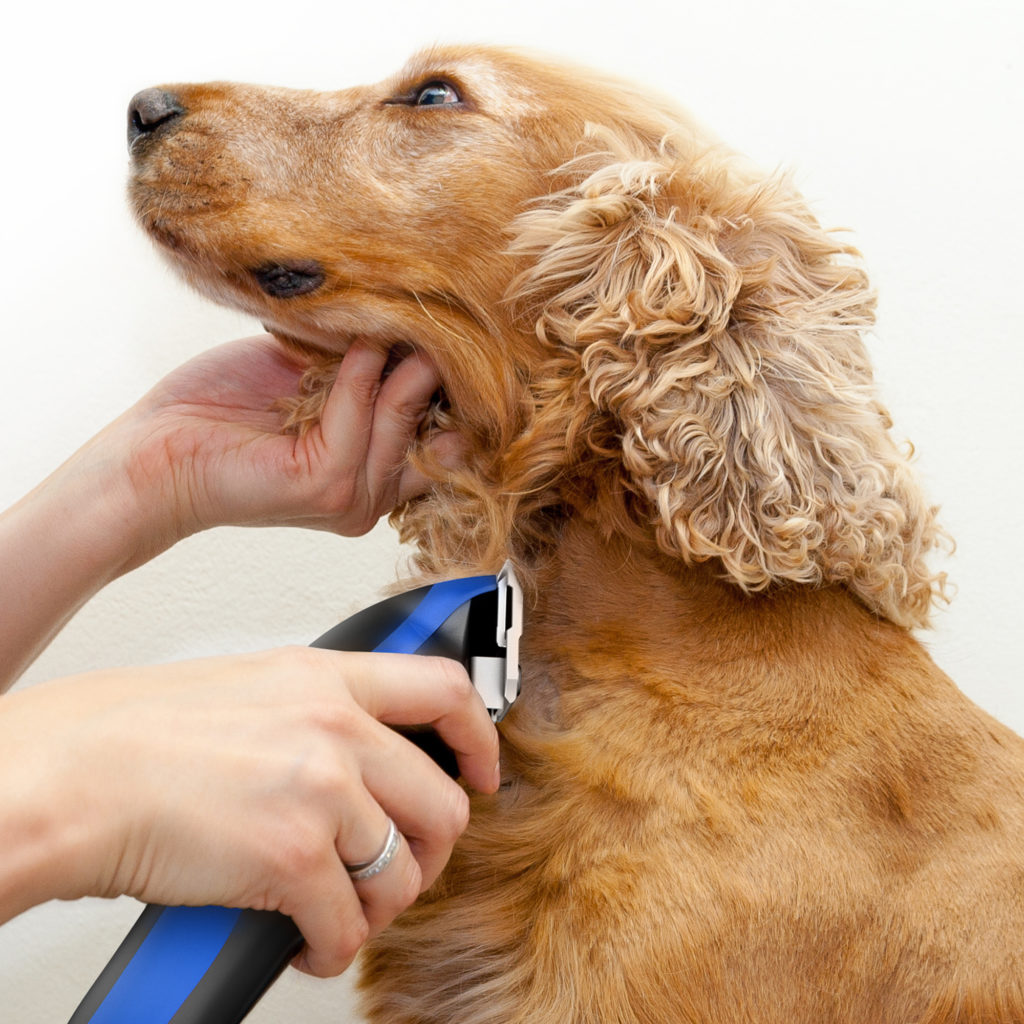Table of Content
Ideal for dogs who love to swim, this floating fabric toy has a handle and is designed with abrasion-resistant materials for increased durability. One of the toughest dog balls on the market, this sweet 'planet' design has been made with award-winning Orbee Tuff material. When returning to the owner, dogs either followed their outbound track ('tracking') or used a novel route ('scouting'). Due to these traits, it doesn’t matter how many smells their surroundings have. Your dog has a keen sense of smell and holds important smells in their memory.
Adult dogs also use this organ when smelling animal pheromones, such as those used to mark territory. Still, we shouldn’t dismiss all the stories out of hand. So kudos to at least one kitty—and probably a whole lot more. Pity you can’t ask a dog for the shortest route home when you’re lost—or a cat or a seabird or a tortoise or a dung beetle, for that matter. Because if you could ask any of them how to get pretty much anywhere, odds are they’d know a lot more than you think.
Teach your dog to come and stay
Mary Jo DiLonardo has worked in print, online, and broadcast journalism for 25 years and covers nature, health, science, and animals. This durable pineapple toy has been built to last, helping to solve destructive chewing, teething, dental health, boredom, separation anxiety, training, and exercise. With a mixture of strong ropes and a soft middle section, this is a great option for dogs who love to play. Perfect for fetch and interaction with your dog, this ball has been made with extra-tough rubber to stand the test of time.
Dogs pay attention when they're walking so they create a picture of their neighborhood. Getting the answers to these questions helps ensure you'll find the right dog for your lifestyle. For more about pets delivered straight to your inbox, sign up for our daily newsletter.
Get your dog microchipped
The other reason dogs are able to find their way back home is because they’re loyal. Motivated by these things, they are able to find their way back home even when there isn’t that characteristic smell to guide them. So, they’re able to find the scent they’re looking for in an area that’s full of different smells. And, they have the ability to follow a scent until they find it.
We independently pick all the products we recommend because we love them and think you will too. If you buy a product from a link on our site, we may earn a commission. Dogs who aren’t spayed or neutered are more likely to wander off because they’ll go looking for a mate.
Browse All Dog Sports
To understand a little about how their sense of smell guides them back home, you need to understand how it works. Click here to read more stories like this and get unlimited access to Popular Mechanics. Courtney Sexton, a writer and researcher based in Washington, DC, studies human-animal interactions. She is a 2020 AAAS Mass Media Fellow and the co-founder and director of The Inner Loop, a nonprofit organization for writers. Maybe he would just keep going for the next interesting thing and never turn back. But if he were to try to find home are there things I can do as we walk the neighborhood to assist him finding home.
Maybe there's the smell of a familiar person or animal in the air, or a trash can or stop sign that's on his walking route. Any of these scents can help dogs zero in on the scent they are looking for — scents of home. According to Benediktová, dogs have been underrepresented in the field of research surrounding magnetic-based navigation. Have you ever wondered how lost dogs always seem to find their way home? Well, a new breakthrough study has found that it's all down to their sensitivity to the Earth's geomagnetic field. A human being has an average of five million smell receptors.
In a study, researchers attached GPS trackers to dogs’ collars and released them from their owners in the woods to roam freely. When returning to their owners, some of the dogs followed the same route they took out by following their own scent. But others did a “compass run,” or “scouted,” which means they aligned themselves to the north-south axis to find their way back.
After a short while, the dogs were called back by their owners (who they couldn't see) and had to work out how to find them. Hart, V., Nováková, P., Malkemper, E. P., Begall, S., Hanzal, V., Ježek, M., … & Burda, H. Dogs are sensitive to small variations of the Earth’s magnetic field. According to the study authors, both tactics have merits and drawbacks, and that’s why dogs probably alternate between the two depending on the situation. This helps dogs create a mental map of their visual surroundings.
Seabirds are believed to use the sun and stars as their compass since they tend to get lost when it’s overcast. Deer, cattle & voles are likely using magnetism since seem to orient in a north-south direction. Lost dogs rely on a fine sense of smell to map their location. AKC is a participant in affiliate advertising programs designed to provide a means for sites to earn advertising fees by advertising and linking to akc.org.
Similar to cats, dogs seem to be able to use the Earth’s magnetic field to navigate, although how they can do this isn’t well understood. Dogs leave scent through their paw pads too, so if you take your dog on daily walks, he leaves his scent along the route every day while also becoming familiar with other smells along the way. A few years ago, two schnauzers got lost in thick fog while hiking off leash in the U.K. After 96 hours of searching with volunteers and drones, the dogs' owners decided to grill up some sausages at the spot where the dogs had last been seen, reports The Telegraph. It probably comes as no surprise that dogs rely heavily on their noses. When the wind is right, 11 miles isn't really that far for a dog with a good sniffer to travel.















